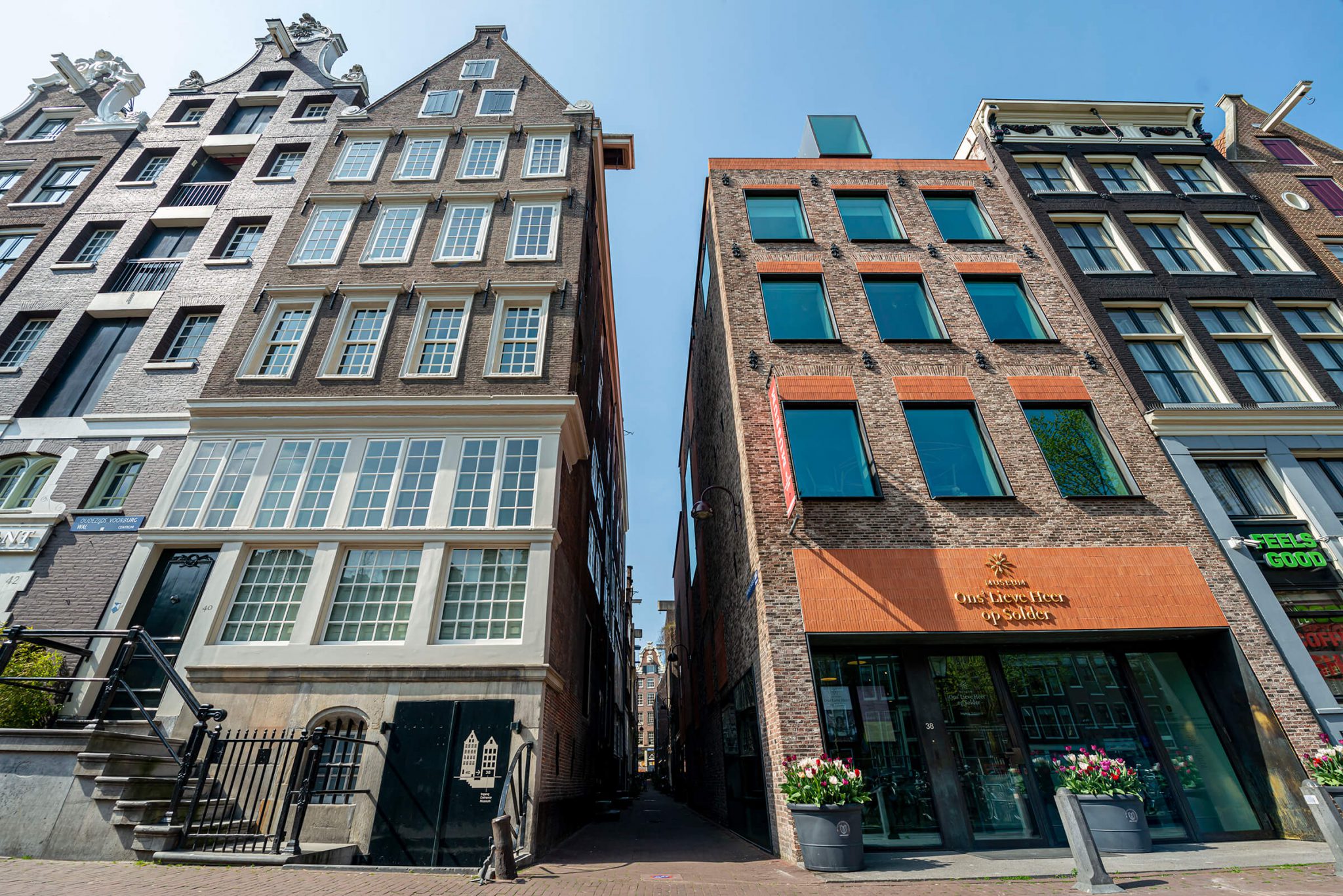This website uses cookies so that we can provide you with the best user experience possible. Cookie information is stored in your browser and performs functions such as recognising you when you return to our website and helping our team to understand which sections of the website you find most interesting and useful.
Our Lord in the Attic Museum


The EHL Site
The hidden church at Amsterdam’s Our Lord in the Attic Museum was constructed in 1663 in the attic of a canal house by a German Catholic. During this time in the Dutch Republic, public Catholic worship was banned, but private religious services were permitted if held in places that didn’t look like churches from the outside. As a result, Amsterdam had thousands of such concealed churches operated by various religious groups. This practice was a significant factor in the development of modern Europe in the 17th century. Today, visitors are often surprised by this unique hidden church, and the museum leverages this historical curiosity to explore themes of tolerance and religious diversity in the present day.
European Dimension
The hidden church at Amsterdam’s Our Lord in the Attic Museum highlights how 17th-century European treaties aimed at ending war and violence helped lay the groundwork for democratic freedoms. These agreements underscored the importance of freedom of thought, conscience, and religion, which are now central to the European rule of law, as outlined in Article 9 of the European Convention on Human Rights. The site reflects Europe’s long history of religious conflict, evidenced by numerous secret places of worship. The museum’s application effectively develops the European narrative of the site, contributing to an international discussion on tolerance and the preservation of European democracy in a diverse religious landscape.
Today, the unique hidden church in the attic amazes visitors from all over the world. They wonder how this strange situation came about. From this experience, the museum raises questions about tolerance and religious diversity in today’s society
The organization
Our Lord in the Attic Museum is supported by The Our Lord in the Attic Foundation and has been running with the help of dedicated staff and a community of volunteers.
